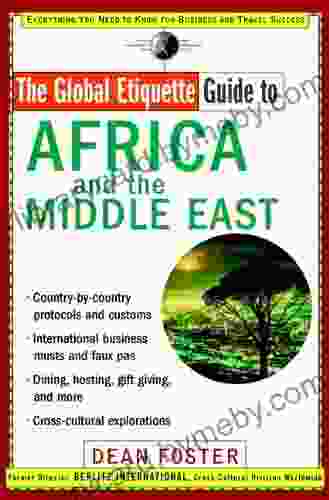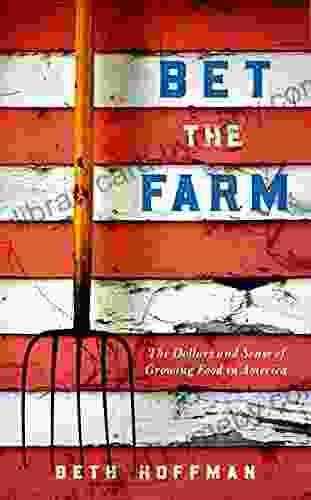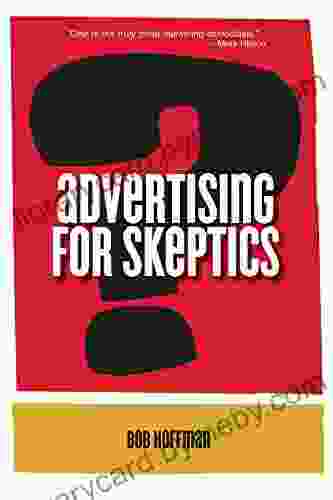The Dollars and Sense of Growing Food in America

An In-Depth Look at the Economics of Local Food
Growing food locally can be a great way to save money, eat healthier, and support your community. But what are the real costs and benefits of local food? This article takes an in-depth look at the economics of local food, from the cost of land and labor to the transportation and marketing costs. We also explore the environmental and social benefits of local food, and how it can help to create a more sustainable and just food system.
4.3 out of 5
| Language | : | English |
| File size | : | 1327 KB |
| Text-to-Speech | : | Enabled |
| Screen Reader | : | Supported |
| Enhanced typesetting | : | Enabled |
| Word Wise | : | Enabled |
| Print length | : | 270 pages |
The Costs of Local Food
The cost of local food can vary depending on a number of factors, including the type of food, the location, and the season. In general, local food is more expensive than conventionally grown food. This is due to a number of factors, including:
- The cost of land: Land is a major expense for farmers, and the cost of land in urban and suburban areas is often higher than in rural areas. This can make it difficult for farmers to find affordable land to grow food.
- The cost of labor: Labor is another major expense for farmers. The cost of labor can vary depending on the type of crop and the location of the farm. In general, labor costs are higher in urban and suburban areas than in rural areas.
- The cost of transportation: Transportation costs can also add to the cost of local food. This is especially true for farmers who sell their products to distant markets.
- The cost of marketing: Marketing costs can also add to the cost of local food. This is especially true for farmers who sell their products directly to consumers.
The Benefits of Local Food
Despite the higher costs, there are a number of benefits to growing food locally. These benefits include:
- Economic benefits: Local food can help to create jobs and support local businesses. When you buy local food, you are helping to keep money in your community.
- Environmental benefits: Local food is often more environmentally friendly than conventionally grown food. This is because local food is often grown using sustainable practices, such as organic farming and crop rotation.
- Health benefits: Local food is often fresher and more nutritious than conventionally grown food. This is because local food is not subjected to the same long transportation and storage times as conventionally grown food.
- Social benefits: Local food can help to build community and foster a sense of place. When you buy local food, you are connecting with the people who grew and produced your food.
How to Save Money on Local Food
There are a number of ways to save money on local food. These tips include:
- Buy in season: Seasonal produce is typically less expensive than produce that is out of season.
- Buy in bulk: Buying food in bulk can save you money in the long run.
- Shop at farmers markets: Farmers markets are a great place to find fresh, local produce at a reasonable price.
- Join a CSA: CSAs (community supported agriculture) are a great way to get a regular supply of local food at a discounted price.
- Grow your own food: Growing your own food is a great way to save money and ensure that you have access to fresh, healthy produce.
The decision of whether or not to buy local food is a personal one. There are a number of factors to consider, including the cost, the benefits, and your own personal preferences. However, if you are looking for a way to save money, eat healthier, and support your community, buying local food is a great option.
4.3 out of 5
| Language | : | English |
| File size | : | 1327 KB |
| Text-to-Speech | : | Enabled |
| Screen Reader | : | Supported |
| Enhanced typesetting | : | Enabled |
| Word Wise | : | Enabled |
| Print length | : | 270 pages |
Do you want to contribute by writing guest posts on this blog?
Please contact us and send us a resume of previous articles that you have written.
 Book
Book Novel
Novel Page
Page Chapter
Chapter Text
Text Story
Story Genre
Genre Reader
Reader Library
Library Paperback
Paperback E-book
E-book Magazine
Magazine Newspaper
Newspaper Paragraph
Paragraph Sentence
Sentence Bookmark
Bookmark Shelf
Shelf Glossary
Glossary Bibliography
Bibliography Foreword
Foreword Preface
Preface Synopsis
Synopsis Annotation
Annotation Footnote
Footnote Manuscript
Manuscript Scroll
Scroll Codex
Codex Tome
Tome Bestseller
Bestseller Classics
Classics Library card
Library card Narrative
Narrative Biography
Biography Autobiography
Autobiography Memoir
Memoir Reference
Reference Encyclopedia
Encyclopedia James A Whittaker
James A Whittaker Ben Towle
Ben Towle Eddie Rice
Eddie Rice John Hillman
John Hillman Bill Milliken
Bill Milliken Katie Edmonds Ntc
Katie Edmonds Ntc Seabury Quinn
Seabury Quinn Davida Hartman
Davida Hartman Blaine Bartel
Blaine Bartel The Times Mind Games
The Times Mind Games W E Fairbairn
W E Fairbairn Kazim Ali
Kazim Ali Ben Collins
Ben Collins Rania Batayneh
Rania Batayneh Rick Rinehart
Rick Rinehart Bill Bellamy
Bill Bellamy Monica Ruth Pattangall
Monica Ruth Pattangall Ben Westhoff
Ben Westhoff Bill Sanders
Bill Sanders Beverly Gray
Beverly Gray
Light bulbAdvertise smarter! Our strategic ad space ensures maximum exposure. Reserve your spot today!

 Lucas ReedKeep Me Safe: Seal Island Novel - An Unforgettable Journey into the Heart of...
Lucas ReedKeep Me Safe: Seal Island Novel - An Unforgettable Journey into the Heart of... Ian PowellFollow ·8.5k
Ian PowellFollow ·8.5k Corbin PowellFollow ·18.2k
Corbin PowellFollow ·18.2k Gerald BellFollow ·2.1k
Gerald BellFollow ·2.1k Foster HayesFollow ·5.1k
Foster HayesFollow ·5.1k Tyler NelsonFollow ·17.9k
Tyler NelsonFollow ·17.9k Stephen FosterFollow ·13.9k
Stephen FosterFollow ·13.9k Nathan ReedFollow ·5.5k
Nathan ReedFollow ·5.5k Tom ClancyFollow ·16.7k
Tom ClancyFollow ·16.7k

 Ivan Cox
Ivan CoxSpeak With Ease: The Ultimate Guide to Public Speaking...
By Rupika Raj ...

 Jesus Mitchell
Jesus MitchellVulcan Forge: A Suspense Thriller that Will Keep You on...
Vulcan Forge is...

 Dashawn Hayes
Dashawn HayesThe Carteret Family Bob Martin: A Comprehensive Review
Bob Martin's...

 Owen Simmons
Owen SimmonsUnlock the World of Cultural Nuances with "The Global...
Embark on a Journey of...

 Ian McEwan
Ian McEwanConquer the Mountain: True Account of Catastrophe and...
In the heart of California's stunning...
4.3 out of 5
| Language | : | English |
| File size | : | 1327 KB |
| Text-to-Speech | : | Enabled |
| Screen Reader | : | Supported |
| Enhanced typesetting | : | Enabled |
| Word Wise | : | Enabled |
| Print length | : | 270 pages |












